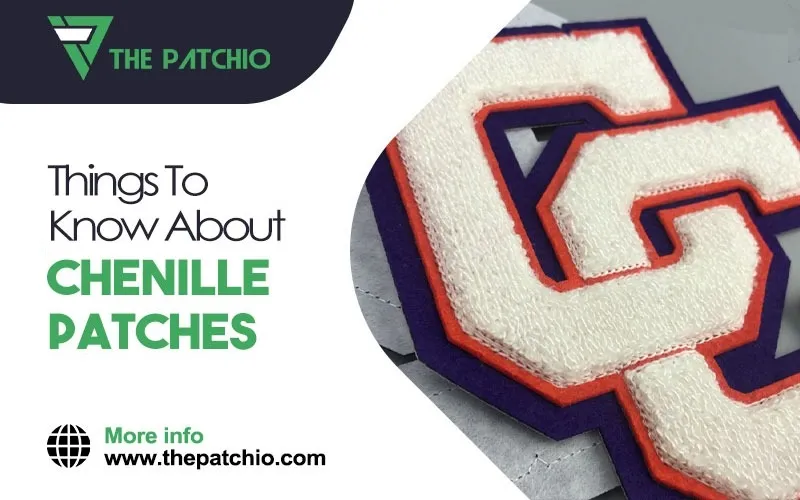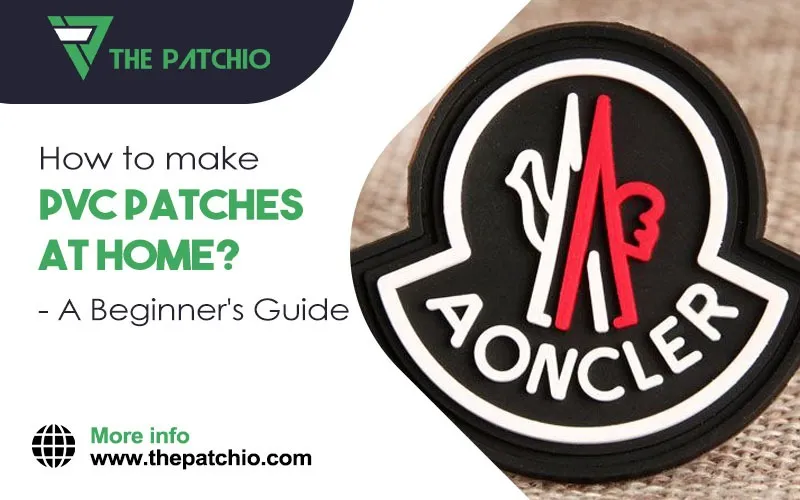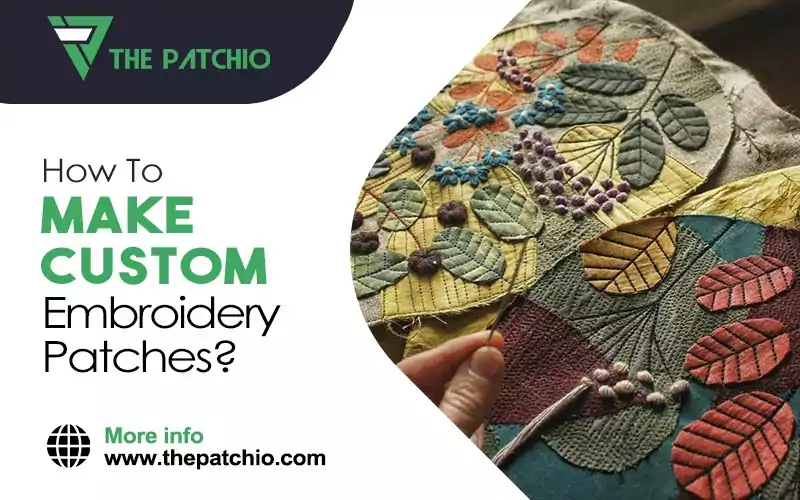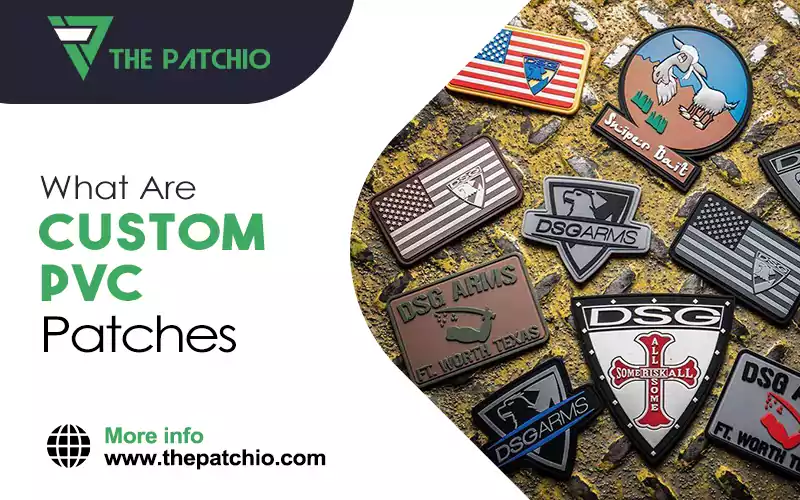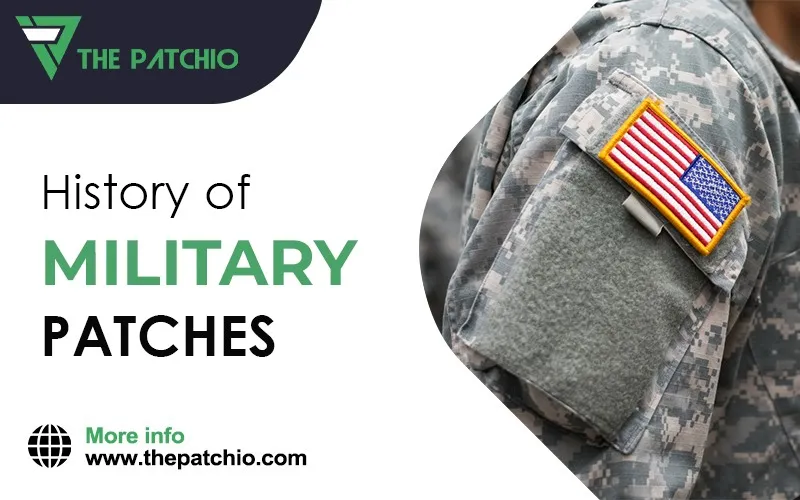
Military patches have been around since the early 20th century. They symbolize the military, the armed forces, and their members. They are typically worn on the uniforms of military personnel, but you can also sew them on civilian clothing items as well.
These badges are symbolic of those who serve in the armed forces, and many people use them as a form of identification or personalization.
They are officially called "patches." They are worn on various pieces of clothing such as shirts, jackets, hats, and sometimes even boots.
You can find these patches in many different shapes and sizes. Some examples of these shapes include circles, triangles, squares, rectangles, and ovals.
What are Military Patches?
Military patches are a way for soldiers to identify their unit and the country they represent. You can see them on uniforms, hats, and other items.
They are typically worn on the sleeve of a uniform or on a military beret. They are usually made from cloth or may be embroidered or appliquéd with various symbols.
The earliest history of military patches dates back to ancient Egypt, around 3200 BC, where there were simple designs such as the Eye of Horus.
The first recorded use of a patch was in the 2nd century BC by Roman soldiers as a symbol to identify their unit.
Military patches are worn to denote various things, including rank, division, and skill set. The Army, Navy, Marines, Air Force, and Coast Guard uniforms have custom embroidered patches, also known as insignia.
In the US military, these insignias signify an individual's unit, such as their branch of service.


Since Roman Times
The origins of the military patches are unclear, but armies may have used them to identify cavalry or infantry units. The practice was later adopted by other militaries and then eventually by private companies to display their allegiance to a particular regiment.
Furthermore, Military patches have been a way to show rank and rank insignia since Roman times. The history of military patches dates back to the Roman Empire around 100 AD. In the Middle Ages, knights wore them on their armor as part of their identity.
They would sew on fabric badges with their unit number and name while campaigning in different parts of Europe. These badges were typically sewn onto a woolen cloth to make them durable enough to wear during battles.
One of the most common uses for military patches is an identification token for soldiers who don't wear their uniforms outside military bases or camps. George Washington's troops wore them to show rank and rank insignia in the Revolutionary War.
First Military Patch
The history of military patches starts with the British army. They first developed military patches in the 1800s to distinguish officers from enlisted men.
Soldiers wore an embroidered patch on their uniform that symbolized their rank, duties, and regiment. After World War I, it became common for all British soldiers to wear these patches.
The first official US military patch surfaced in May of 1918 – a patch that represented the US Army's 81st Division. Some designers made this patch by hand, and it took months to create.
It was later mass-produced and became a symbol for US military forces during World War I. You can also buy military patches online at The Patchio.
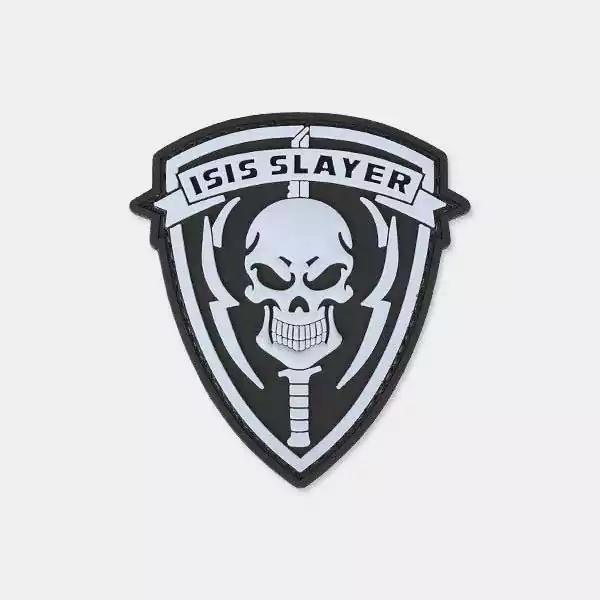
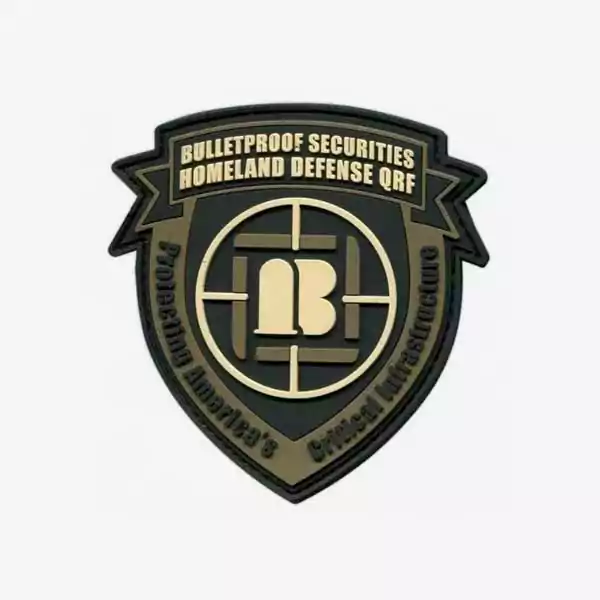
Military Patches in World War I
Need More Information?
Request a quote. We will get back to you within 8-12 hours with a custom product quote.
Early in the 1900s, military units fought in various uniforms. With the creation of the first American Military uniforms, the military decided that all soldiers would have a small patch on their shoulders.
The tradition has been continued to this day and continues to be important to many soldiers who wear them proudly.
The history of military patches in the early 20th century shows the story when troops used them to identify military members during World War I.
This practice continued into World War II, where army personnel used them to remember soldiers from all over the world who had fought in this war together.
Military Patches in US Army
In the 1600s, military patches were designed with a shield as the main feature. It was changed in the 1700s when they started being made with an emblem instead of a shield.
The emblem was typically a symbol or motto representing what the unit stood for. By 1846, there were over 200 different designs for these emblems and mottos, which is why there are so many kinds of military patches today.
Military units began wearing them on clothing in the early 1800s. The United States Army adopted military patches in 1881 with the establishment of individual regiments.
Soldiers wore a patch bearing their regiment number, rank, and unit designation on their right sleeve. These days, military patches are associated with pride and bravery.
The Union army's patch design was based on the US Army from 1842 to 1863, which consisted of a white star on a blue field with an eagle perched atop it.
This design was first seen in 1851 during the Mexican-American War and in 1861 when President Lincoln called for volunteers to join the army.
After 1863, custom patches were made for both Union and Confederate armies, most based on previous designs from other times or countries.

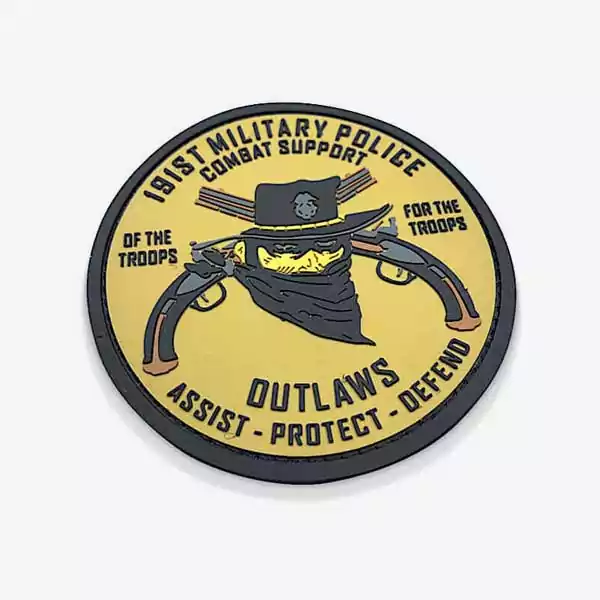
During Civil War
The history of army patches also holds significant importance to the Civil War. Both Union and Confederate soldiers used military patches during the Civil War to show their allegiance to their respective causes.
The use of military patches in the Civil War was widespread, and it is estimated that Divisions created over one hundred different types of military patches.
The United States Military created different types of military uniforms to show rank and unit affiliation. These uniforms had different colors, styles, and designs that represented their specific branch of service.
The military also made sure to include unique patches so that they could identify each other on the battlefield.
There are many different military uniforms, including dress uniforms and work uniforms, but each branch has its own unique set of patches.
Military patches in World War 2 were created by sewing together pieces of cloth to form a design and then using them as badges on uniforms.
In World War 1, soldiers would sew these pieces of fabric together to create their own patch for their unit.
Military Patches in US Army Air Corps
Military uniforms were not standardized until much later, which meant many different types of patches across different armies.
These differences made it difficult for soldiers to identify their friends and enemies on the battlefield. Hence, authorities decided to use a unique symbol on each patch to help them do this.
The history of army patches from the 1920s includes the United States Army Air Corps introduced its own patch in 1926, and it became an official insignia for all army personnel.
The design featured a blue eagle clutching an American flag on its talons and holding a bomb under its wings, along with the words "U S A" on top and "Air Corps" below.
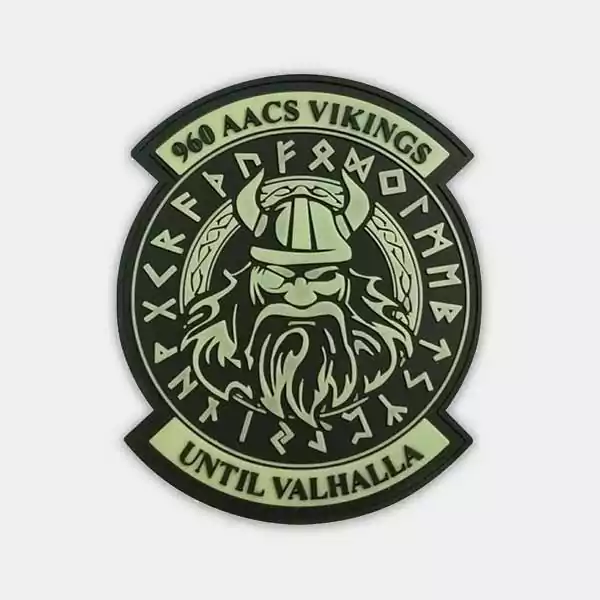
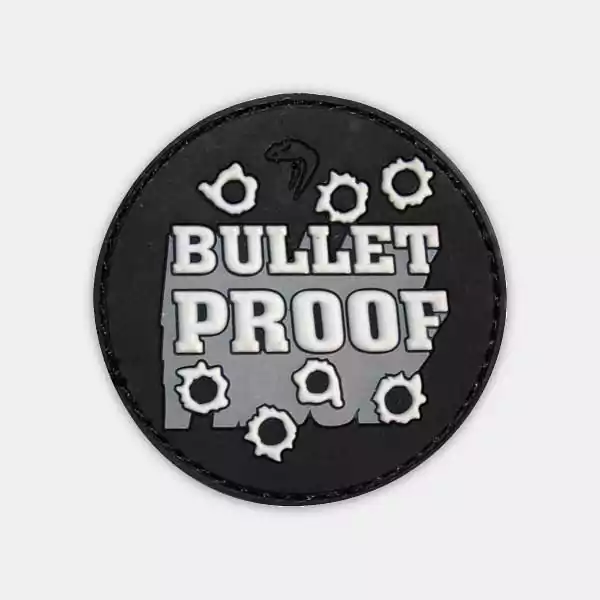
Conclusion
The history of military patches dates back to past ages to identify units, members, and affiliations. These patches are typically worn on the collar or the left sleeve of a uniform. You can also sew them onto clothing. In recent years, these patches have become very common inside the branches of military organizations. You can buy military PVC patches for yourself online and avail various discounts.





